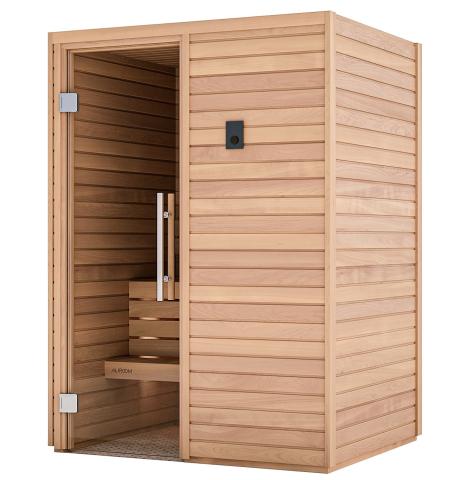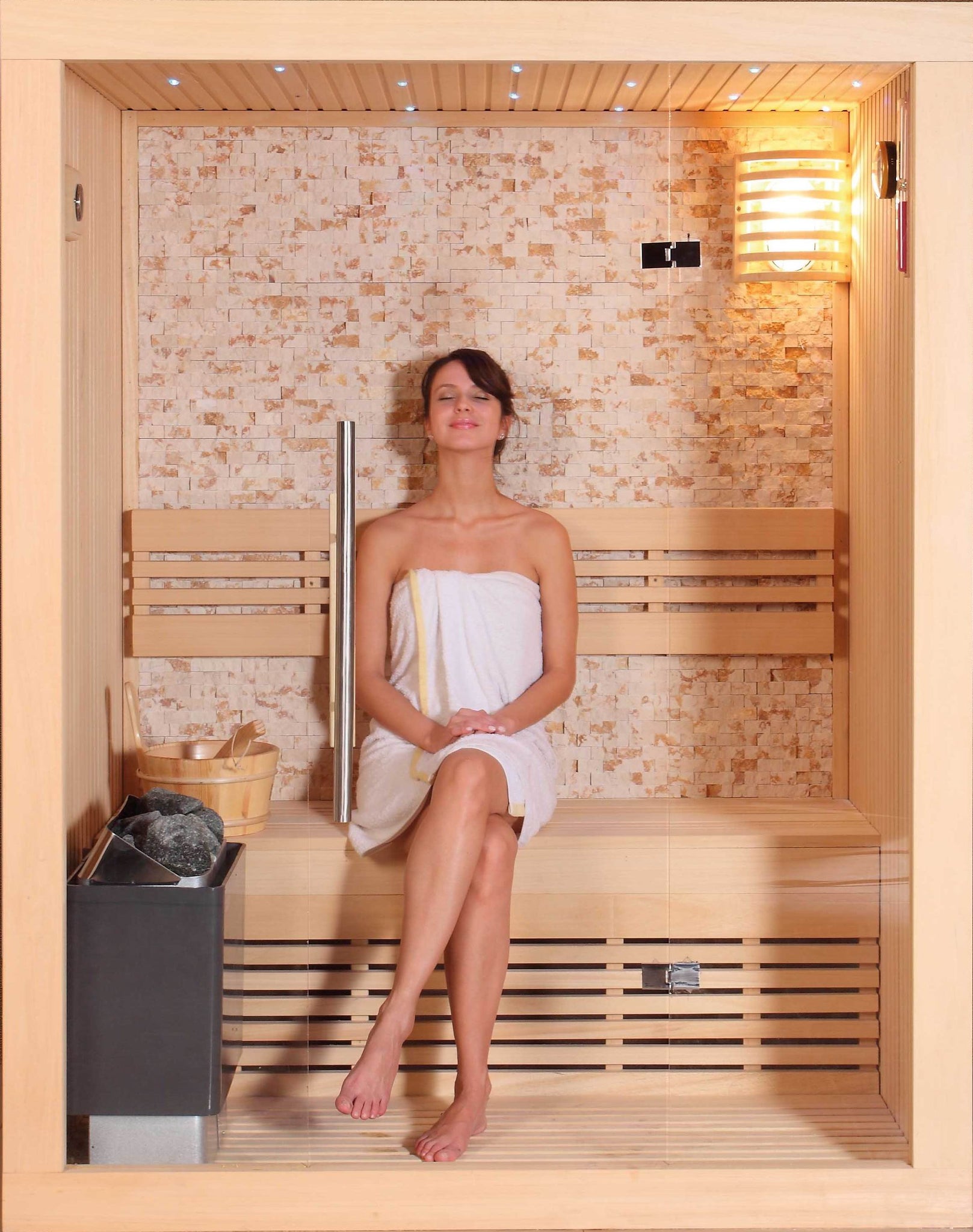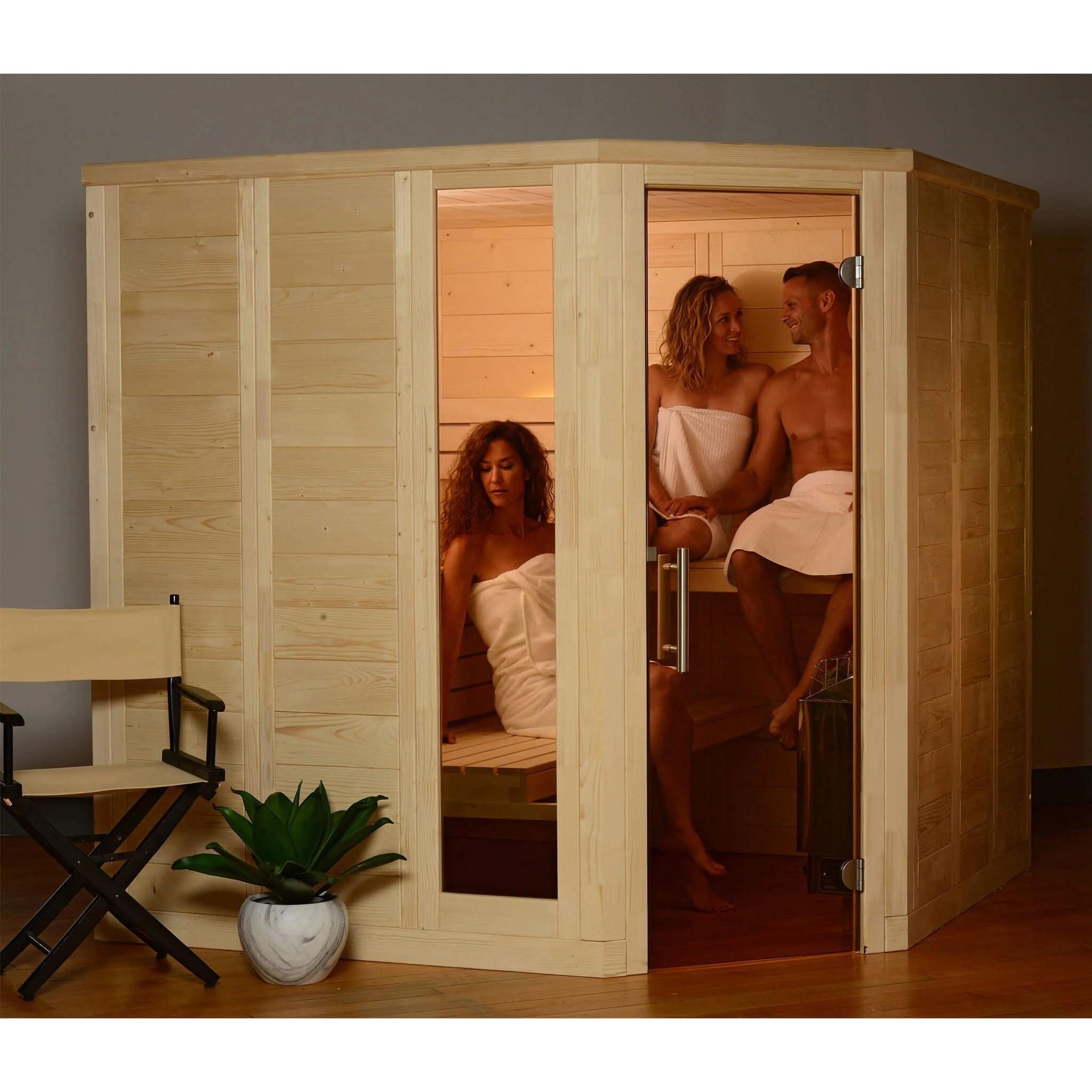The Greatest Guide To Traditional Sauna
The Greatest Guide To Traditional Sauna
Blog Article
The smart Trick of Traditional Sauna That Nobody is Talking About
Table of ContentsThe Ultimate Guide To Traditional SaunaThe Definitive Guide for Traditional SaunaThe 4-Minute Rule for Traditional SaunaThe Of Traditional Sauna7 Easy Facts About Traditional Sauna Explained
A lot of the weight shed in a sauna is water loss and is re-gained upon rehydrating. Without a question sauna can be an important component of a healthy weight loss program. To check out the distinctions between typical and IR saunas, I will certainly separate these into verifiable, academic, and made distinctions.Thus, the most popular factor in the saunawhich is at the ceiling directly above the sauna heateris commonly between 185 and 190 F. Claims that a typical sauna surpasses 200 F is merely not true and not applicable for electrical saunas marketed in the US. The temperature for a far-infrared sauna is normally established between 120 and 140 F; nonetheless, unlike the conventional sauna, the goal in and IR space is not to achieve a high temperature.
As a result of this, the temperature difference is almost irrelevant, because extreme sweating leads to both sauna kinds, but the method of heating the body is different. In an IR sauna the bather will certainly feel hot and will sweat a lot, however at a lot reduced temperatures (Traditional Sauna). Hence, if the goal is to spend longer durations of time in the sauna, the IR sauna is a good choice
When a conventional sauna has actually been effectively heated up, the sauna walls are cozy, the air temperature has attained established temperature level and the rocks are incredibly warmed. As an interesting side note, the heated wall surfaces and the rocks are sending out far-infrared warm, incorporated with the heated air, to create an "wrapping up heat".
Traditional Sauna - An Overview

When the heat is accomplished, the aspects cycle on and off to keep the heat. Many conventional sauna users take pleasure in putting water over the rocks to produce vapor to raise sauna moisture degrees. The benefits of putting water over the rocks include: making the area much more comfy, dampening the nasal passages, and permitting the usage of aromatherapy by mixing crucial oils with the water.

When the energy enters the body, it triggers the body temperature to boost and inevitably leads to perspiration. In an infrared sauna it is very important for the emitters/heaters to stay on practically regularly. Considering that there is no mass of rocks to retain warmth, the sauna will certainly cool if the emitters turned off.
As mentioned above, the sauna bather in an infrared room wants to position himself before running emitters to obtain optimal gain from the heat. The home heating time for both spaces can be extremely various, depending on how the rooms are used. For a conventional sauna, a bather ought to enable 30-40 mins for the space to attain a wanted temperature level weblink and to correctly pre-heat the rocks.
Getting The Traditional Sauna To Work
A well created sauna will commonly achieve a temperature of 150-160 F in concerning 30-40 minutes. For hotter temperature levels, the space may need to warm for a longer duration.

Standard saunas tend to be bigger (hence utilize more electrical energy) than infrared saunas, although conventional saunas are certainly readily available in one and two person dimensions as well. For a two-person standard sauna, 5x6 or 5x7 dimension is most preferred. The top bench can pleasantly seat 2 or 3 individuals and is additionally long sufficient to exist down throughout the sauna session.
Things about Traditional Sauna
The average cost per kWH of electricity in the united state is about $0.11, so a 4.5 kW heater will set you back approximately $.50 to compete one hour, if the heater runs constantly for one hour. Typically a sauna heater will certainly compete 75% of the first other hour and 50% of subsequent hours on given that the components cycle once the set temperature is attained.

There is a rarely reviewed distinction in the social experience in between the 2 rooms. While our culture has shed several of the social benefit of the traditional sauna experience, it can be really socially gratifying (Traditional Sauna). From family members time in the sauna, to heart-felt conversations with loved ones, to sauna partiesthe conventional sauna experience can cause intimate interacting socially
9 Easy Facts About Traditional Sauna Explained
The majority of greater end infrared rooms consist of colored light therapy, sound systems and full-glass fronts.
Report this page